Home>Technology>Home Entertainment Systems>What Is Better LCD Or LED Television?
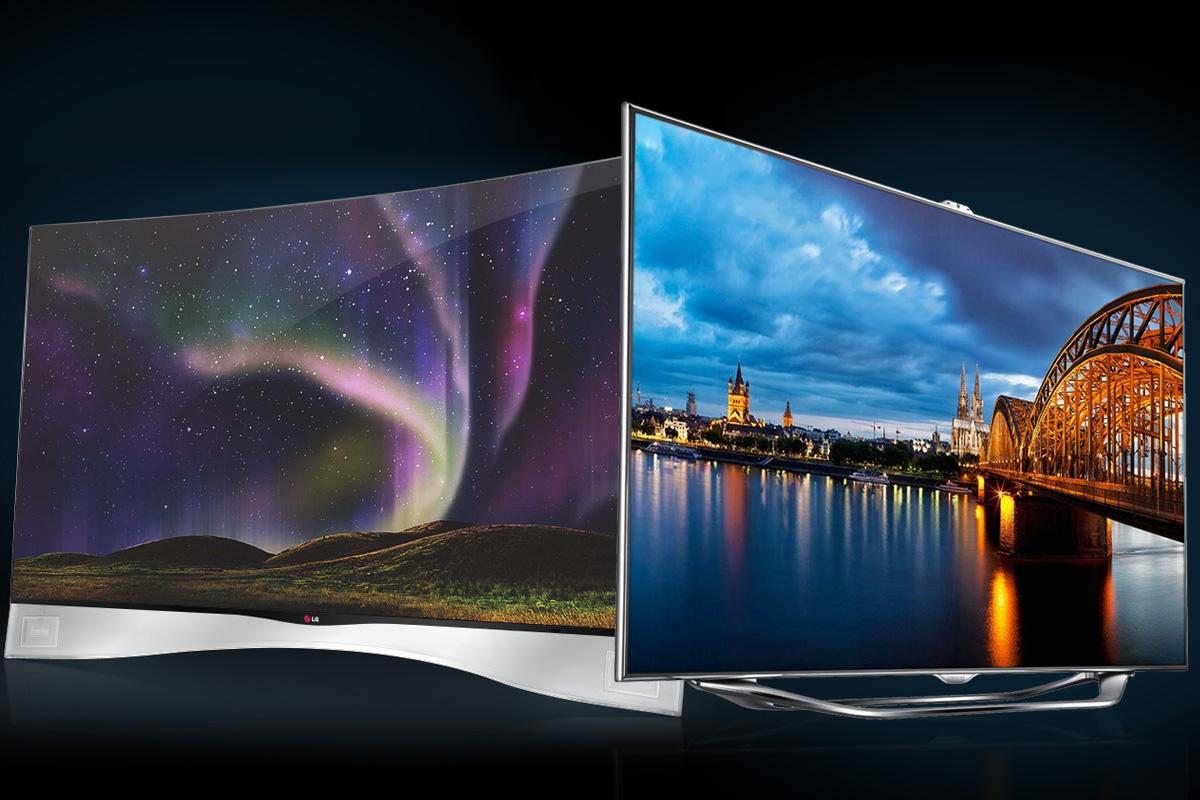

Home Entertainment Systems
What Is Better LCD Or LED Television?
Modified: January 4, 2024
Discover the best home entertainment systems with our guide on LCD and LED televisions. Find out which option is better for your viewing experience. Choose the right technology for your needs!
(Many of the links in this article redirect to a specific reviewed product. Your purchase of these products through affiliate links helps to generate commission for Storables.com, at no extra cost. Learn more)
Introduction
Welcome to the world of home entertainment systems, where the choice between LCD and LED televisions can be a perplexing conundrum. As technology continues to advance at a rapid pace, it’s essential to stay informed about the latest developments in display technology. Both LCD (Liquid Crystal Display) and LED (Light Emitting Diode) televisions have their own set of advantages and considerations, and understanding the nuances of each can help you make an informed decision when selecting the perfect television for your home.
In this comprehensive guide, we will delve into the key differences between LCD and LED televisions, exploring aspects such as display technology, picture quality, energy efficiency, and cost. By the end of this journey, you will be equipped with the knowledge to make a confident choice that aligns with your preferences and budget.
Key Takeaways:
- LED televisions outperform LCD TVs with superior picture quality, energy efficiency, and competitive pricing. Their advanced backlighting technology delivers vibrant visuals and long-term cost savings, making them a compelling choice for modern home entertainment.
- Understanding the differences between LCD and LED TVs is crucial. LED TVs offer brighter, more vivid visuals, lower energy consumption, and competitive pricing, making them a versatile and future-proof option for consumers seeking an immersive viewing experience.
Read more: Which Is Better: Plasma Or LCD Television?
Display Technology
Understanding the disparities in display technology is crucial in discerning the dissimilarities between LCD and LED televisions. LCD TVs utilize a fluorescent backlight to illuminate the display, whereas LED TVs leverage an array of light-emitting diodes for the same purpose. This fundamental contrast gives LED televisions an edge in terms of brightness and contrast, resulting in more vibrant and lifelike visuals. Additionally, LED TVs often offer a wider color gamut, allowing for more nuanced and accurate color reproduction.
Moreover, the implementation of local dimming in LED TVs further enhances their performance by dynamically adjusting the backlight in different areas of the screen, thereby achieving deeper blacks and improved contrast ratios. On the other hand, traditional LCD TVs may struggle to match the dynamic range and black levels achieved by their LED counterparts.
It’s important to note that not all LED TVs are created equal, as there are two primary types: edge-lit and direct-lit. Edge-lit LED TVs illuminate the screen from the edges, which can lead to inconsistencies in brightness across the display. In contrast, direct-lit LED TVs feature LEDs positioned behind the entire screen, offering more uniform brightness and better control over local dimming.
When evaluating display technology, it’s evident that LED televisions, particularly those with direct-lit and local dimming capabilities, hold a distinct advantage over traditional LCD TVs in terms of visual performance and adaptability.
Picture Quality
When it comes to picture quality, the choice between LCD and LED televisions can significantly impact your viewing experience. LED TVs, with their advanced backlighting technology, typically deliver superior picture quality compared to conventional LCD TVs. The use of light-emitting diodes allows LED TVs to achieve higher brightness levels, resulting in vivid and eye-catching visuals that are especially conducive to well-lit environments.
Furthermore, LED TVs often boast a higher refresh rate, reducing motion blur and enhancing the clarity of fast-paced scenes. This feature is particularly advantageous for sports enthusiasts and avid gamers who prioritize smooth and fluid motion during their viewing experiences.
Another aspect that contributes to the picture quality of LED TVs is their superior color accuracy and saturation. The wider color gamut and improved color reproduction capabilities of LED televisions enable them to render more lifelike and vibrant images, bringing out the subtleties and nuances in the content being viewed.
On the other hand, traditional LCD TVs, while capable of delivering decent picture quality, may struggle to match the visual prowess of LED counterparts. The reliance on fluorescent backlighting in LCD TVs can result in limitations in brightness, contrast, and color vibrancy, leading to a comparatively subdued viewing experience.
Ultimately, when considering picture quality, LED televisions emerge as the frontrunners, offering a compelling blend of brightness, color accuracy, and motion clarity that elevate the overall viewing pleasure for consumers.
When choosing between an LCD and LED television, consider the lighting in your viewing area. LED TVs have better contrast and brightness in well-lit rooms, while LCD TVs are more cost-effective for darker rooms.
Energy Efficiency
Energy efficiency is a critical factor to consider when choosing between LCD and LED televisions, especially in today’s environmentally conscious landscape. LED TVs have gained widespread acclaim for their exceptional energy efficiency, largely attributed to the utilization of light-emitting diodes as the primary light source. Unlike traditional LCD TVs, which rely on fluorescent backlighting, LED TVs consume significantly less power, resulting in reduced energy consumption and lower electricity bills.
The inherent efficiency of LED technology translates to a more eco-friendly and sustainable viewing experience, aligning with the growing emphasis on reducing carbon footprints and conserving energy resources. Additionally, the superior energy efficiency of LED TVs contributes to their longevity, as they generate less heat during operation, thereby minimizing the risk of component degradation and ensuring prolonged durability.
Furthermore, the implementation of advanced energy-saving features, such as automatic brightness adjustment and power management settings, enhances the eco-friendly profile of LED televisions. These features not only optimize energy usage based on ambient lighting conditions but also empower users to customize their viewing experience while minimizing environmental impact.
In contrast, traditional LCD TVs, while relatively efficient compared to older display technologies, tend to consume more power due to the inherent inefficiencies of fluorescent backlighting. The higher power consumption of LCD TVs not only translates to increased energy costs for consumers but also contributes to a larger ecological footprint, making them less environmentally friendly compared to their LED counterparts.
Ultimately, the superior energy efficiency of LED televisions not only delivers tangible cost savings for consumers but also aligns with sustainable living practices, making them an exemplary choice for environmentally conscious individuals seeking to minimize their energy consumption and environmental impact.
Cost
When weighing the decision between LCD and LED televisions, cost considerations play a pivotal role in determining the most suitable option for your home entertainment setup. LED televisions, despite their advanced technology and superior performance, have become increasingly affordable in recent years, making them a competitive choice in the consumer electronics market. The widespread adoption of LED backlighting has led to economies of scale, resulting in more accessible pricing for LED TVs across various screen sizes and feature sets.
Furthermore, the long-term cost savings associated with LED televisions cannot be overlooked. Their exceptional energy efficiency translates to lower electricity bills over the lifespan of the TV, offering a compelling value proposition for budget-conscious consumers seeking to minimize operational expenses.
On the other hand, traditional LCD TVs, while historically more affordable than their LED counterparts, may incur higher long-term costs due to their relatively higher energy consumption. Additionally, the potential for higher maintenance and replacement costs associated with fluorescent backlighting in LCD TVs should be factored into the overall cost analysis.
It’s important to note that the initial price disparity between LCD and LED televisions has narrowed significantly, with LED TVs now offering exceptional value for money and competitive pricing relative to traditional LCD models. This shift in pricing dynamics, coupled with the long-term cost benefits of LED technology, positions LED televisions as a compelling investment for consumers seeking a balance of performance, affordability, and operational savings.
Read more: What LCD Television?
Conclusion
As we conclude our exploration of LCD and LED televisions, it’s evident that both display technologies offer distinct advantages and considerations for consumers. LED televisions, with their advanced backlighting technology, superior picture quality, exceptional energy efficiency, and increasingly competitive pricing, have emerged as a compelling choice for modern home entertainment setups.
The vibrant and lifelike visuals, enhanced color accuracy, and energy-saving capabilities of LED TVs position them as a versatile and future-proof option for discerning consumers. The seamless integration of advanced features, such as local dimming and high refresh rates, further elevates the viewing experience, catering to a wide range of entertainment preferences and viewing environments.
While traditional LCD televisions continue to hold relevance in the market, particularly in budget-conscious scenarios, their limitations in picture quality, energy efficiency, and long-term cost considerations underscore the compelling value proposition offered by LED televisions.
Ultimately, the decision between LCD and LED televisions hinges on a careful evaluation of individual preferences, budget constraints, and the desire for cutting-edge display technology. By leveraging the insights provided in this guide, consumers can make an informed choice that aligns with their specific needs, ensuring a gratifying and immersive home entertainment experience for years to come.
Frequently Asked Questions about What Is Better LCD Or LED Television?
Was this page helpful?
At Storables.com, we guarantee accurate and reliable information. Our content, validated by Expert Board Contributors, is crafted following stringent Editorial Policies. We're committed to providing you with well-researched, expert-backed insights for all your informational needs.




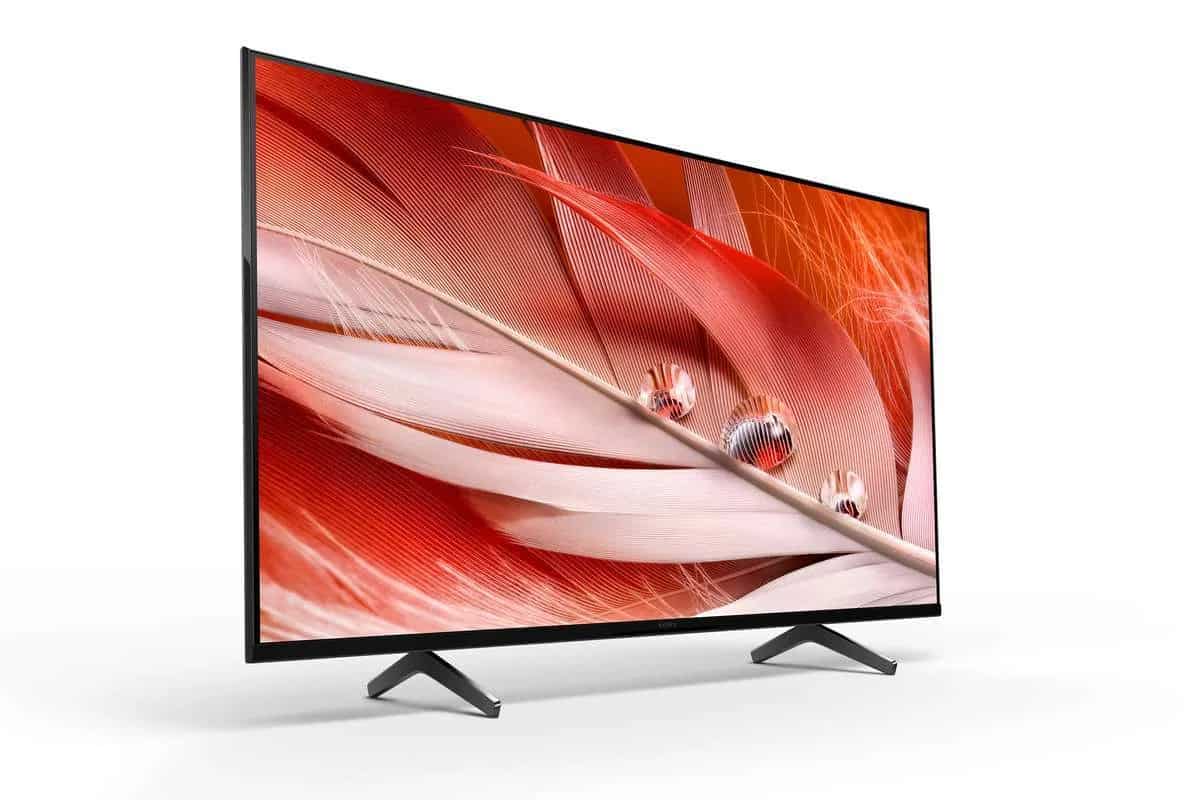


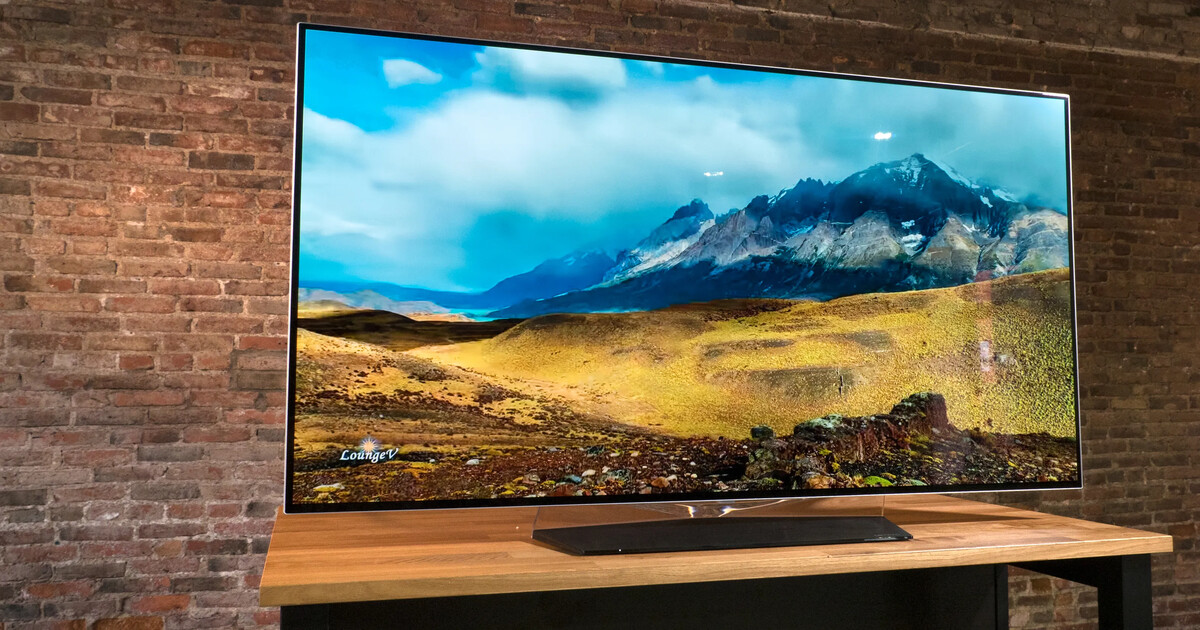
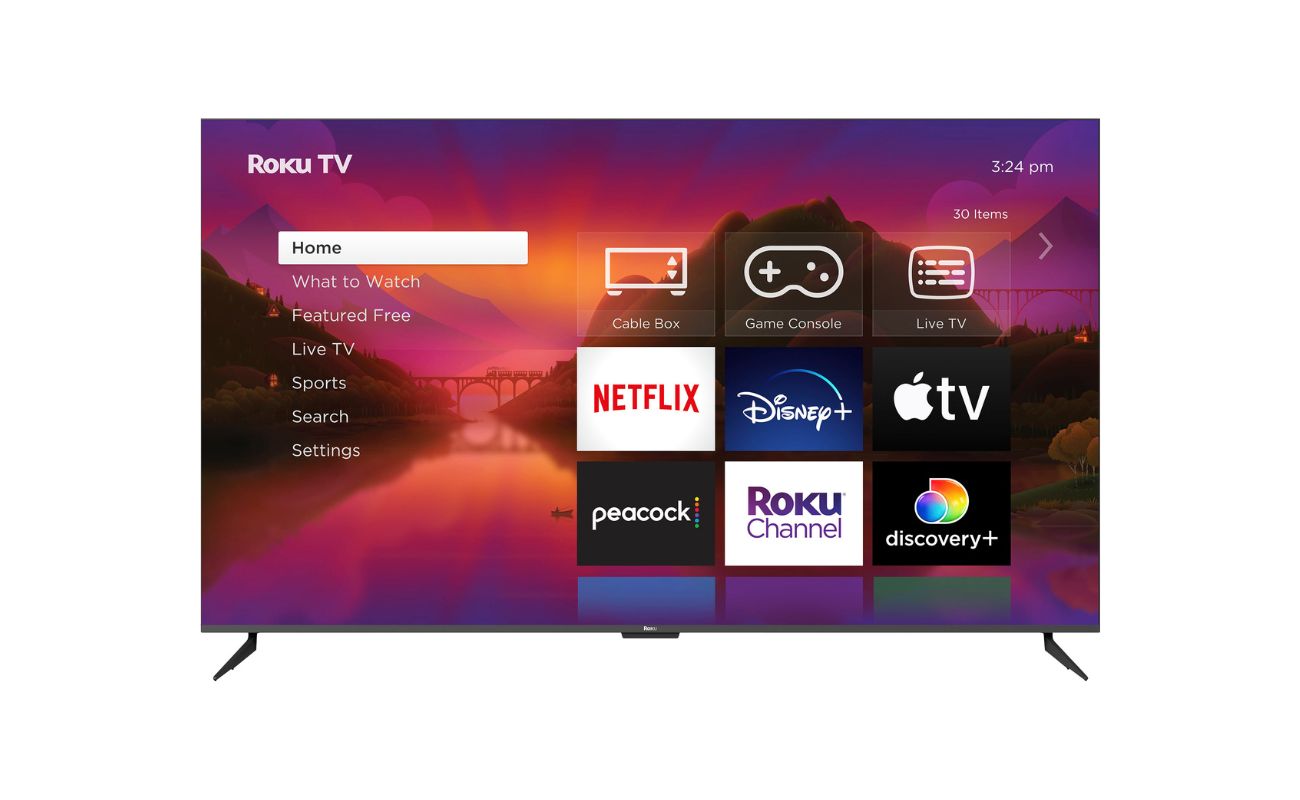
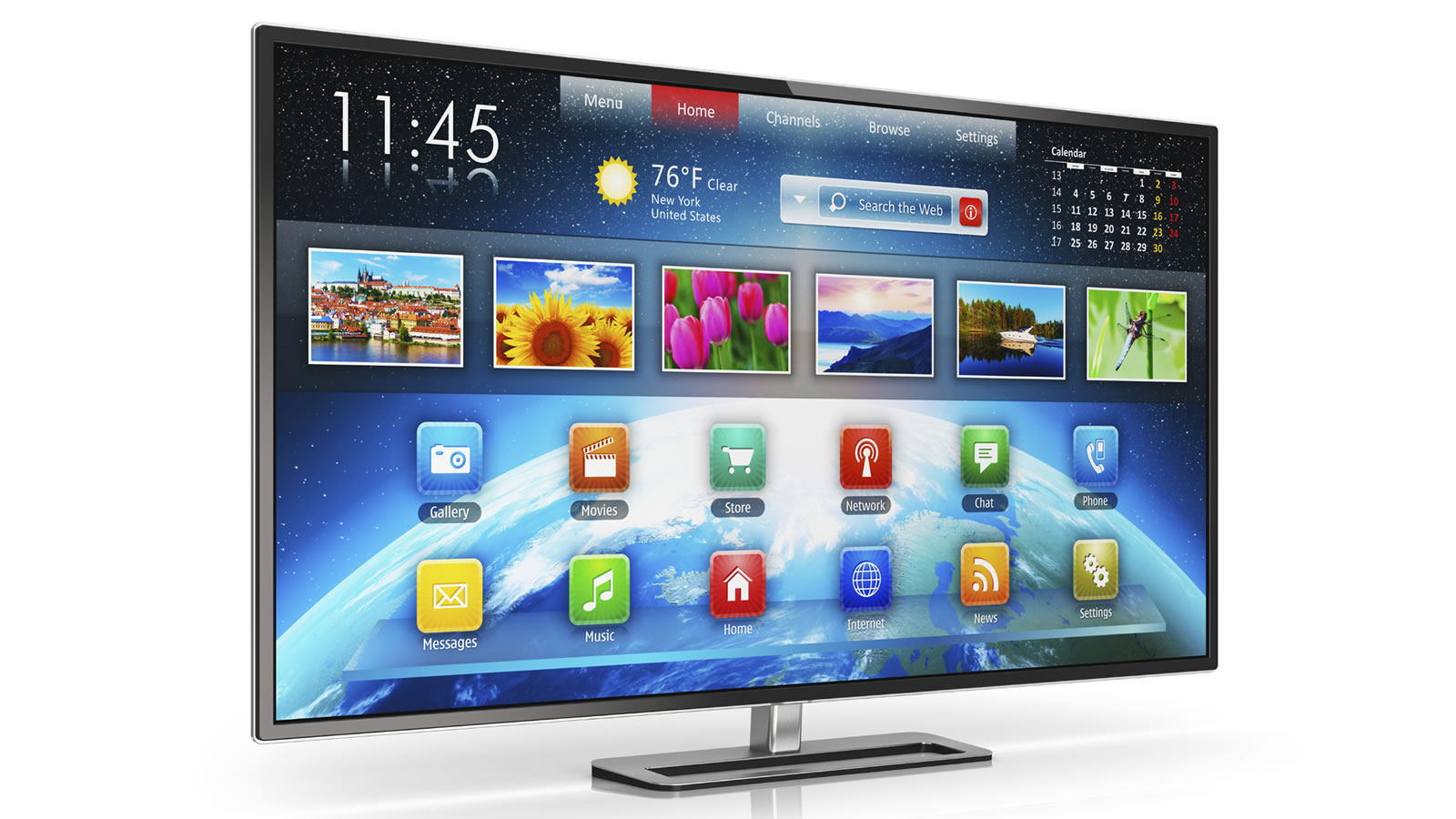



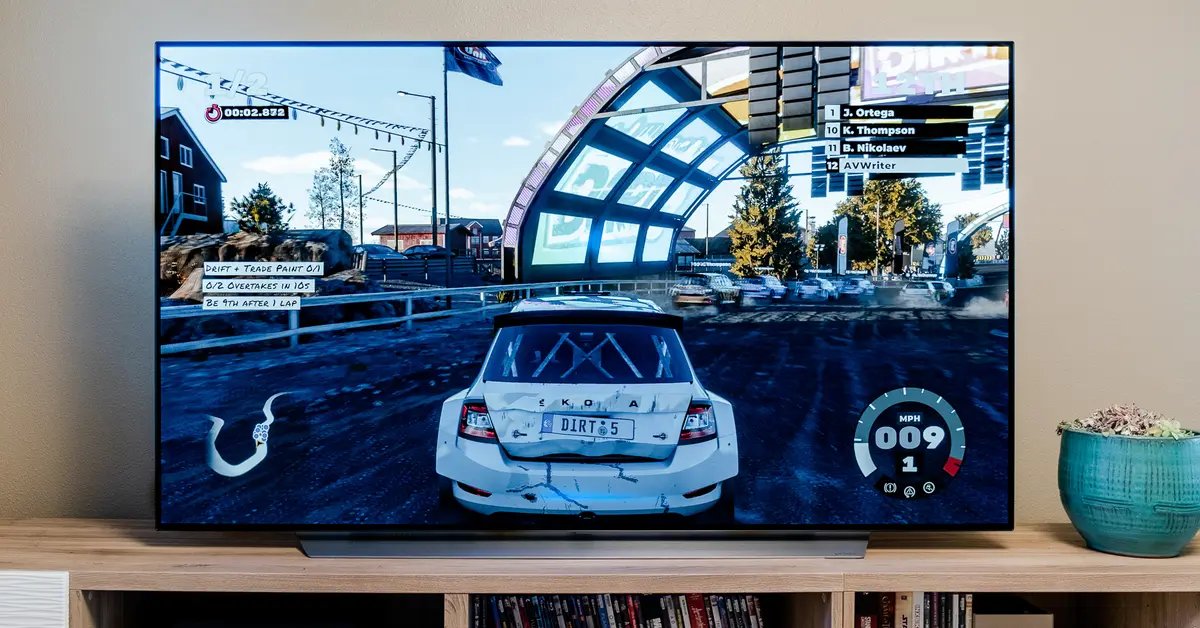

0 thoughts on “What Is Better LCD Or LED Television?”